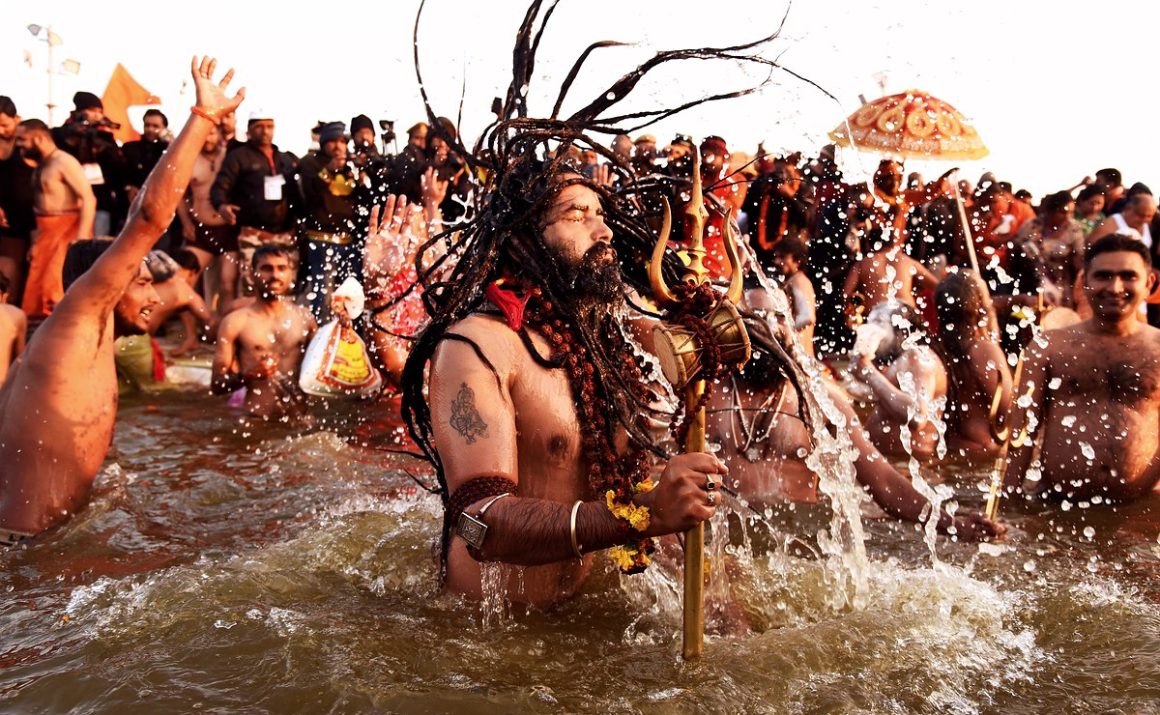India is the country with the world’s largest population of 1.42 billion accounting for 17% of the total world population (According to UN data). India is a subcontinent with 29 states and 7 Union Territories which is home to 1652 languages and belongs to south Asian ethnic groups including nations of Bangladesh, Bhutan, Maldives, Nepal, Pakistan, and Sri Lanka (According to Wikipedia article https://en.wikipedia.org/wiki/Ethnolinguistics). India or Bharat is the converging point of largely diverse socio-cultural, ethnic, and religious groups all joining hands in togetherness as one nation. India is a country not only rich in cultural and ethnic diversity but is a home of about 47000 species of flora and 81000 species of fauna making it home to over 1.6 million species of flora and fauna. However, this biodiversity is getting largely affected by large-scale environmental degradation, afforestation, and industrialization. Hinduinfopedia aims to share important insights about India that highlights the political, social, economic, and environmental atmosphere that impacts India today.

Santan Dharma – A way of life without a beginning or end
In spite of all the diversity, differences of castes, class, or social-economic standards, thousands of religious sects with varied spiritual and religious belief systems Hinduism, Islam, Christianity, Sikhism, Buddhism, Jainism, Tribal culture which is Adivasi, even Persian and Irani background migrants practice Zoroastrianism. Hindustan is the birthplace of Hinduism its not just a religion it is “सनातन” which means “शाश्वत” It means Santan Dharam is not institutionalized by any particular person or entity it has no beginning or end. Hindu Infopedia focuses on providing a platform for readers to understand the omnipresent Santan Dharam originated from Vedas which regards the whole earth to be one family irrespective of our differences. Hinduism is not just a religion but a rich, diverse ancient science that originated from the Vedas. Hinduinfopedia’s objective is to provide an educational platform for the youth and the masses to understand the vastness and expansiveness of Vedic sciences and their relevance to present-day India.

Trinity of Sanskar, Sanskriti, Sabhyata
India is the birthplace of the Sanskrit language which is the language of Vedas and archaeological surveys reveal that the Sanskrit literature of Rig Veda dates back to being composed between 1500-1200 BCE by Indo-Aryan tribes (According to Wikipedia stats https://en.wikipedia.org/wiki/Sanskrit) making it one of the oldest languages in the world. Actually, Tamil is one of the longest-surviving languages in the world with ancient scripts of Sangam literature being written between 300 BC and AD 300. Sanskrit is considered the mother of all languages and hence the land which gave birth to several cultural civilizations which is referred to as Sabhyata. India is also a country of cultural legacy preserving the most ancient scriptures and immense knowledge wealth enwrapping various facets of celestial sciences, geography, social and economic concepts, astrological, concepts of mathematics, economics, moral values, and ethical philosophies into one cultural civilization which is one Sabhyata. Hinduinfopedia is a not-for-profit organization with the mission to spread awareness of infinite knowledge and wisdom encrypted and preserved through ancient scriptures of Hinduism.
“Vasudev Kutumbh” – Cosmic union of the earth as one cultural family
To understand the true essence of the Vedic Culture of Hinduism we need to understand 3 terms Sanskar, Sanskriti, and Sabhyata. The first term Sanskar means sophistication, religiousness, piousness, and purity of actions. Sanskar is that action which when gets completed yields success in achieving a goal. Ved-Vyas defined Sanskar into 16 different stages of growth of humans from the time of conception to the final stage of life which is death. The second term Sanskriti means the best or improved situation. The verse5 from Chapter 3 of Shrimad Bhagavad Gita states that “न हि कश्चित् क्षणमपि जातु तिष्ठत्यकर्मकृत् ” there is no moment when man can stand still or do no action. It means man is continuously driven by action and these actions make man define a culture which is referred to as Sanskriti. And finally, the third Sabhyata means the growth of cultural civilization by means of karma or actions, rites, and rituals, day-to-day religious or non-religious actions leading to materialistic gain. Sanskriti is also the growth of civilization derived from the evolution of the mind. Hinduism is the mental, emotional, and spiritual philosophies or doctrines that seamlessly connect the Trinity of Sanskar, Sanskriti, and Sabhyata into the machinery of a series of transformations that are caused by Vedic sciences and have spanned through generations. Hinduinfopedia’s vision is to see the world as “Vasudev Kutumb” which means “Entire earth is one big cosmic family”. The vision is to see everyone as equal without the discretion of caste, culture, geography, spiritual and religious belief systems.

A special section is dedicated to children for learning new concepts about Indian history, art, and culture, short stories from Panchantra, and Indian folk tales. Hinduinfopdeia aims to educate children about concepts of Vedic sciences, and moral stories from ancient Indian culture for learning about aspects of spiritual and mental growth and understanding of Hinduism in general.
Message from the Founder:

Hinduinfopedia.in is born with the vision to give a plethora of information about political, historical, and social information about the current happenings of India and how has India evolved through history and time. Hinduism is not a religion but a way of life that integrates 1600+ ethnic cultural groups of Indo-Aryan and Indo-European origin. We aim to create a knowledge-sharing and collaboration platform to inspire nationalism and growth in India by transcending spiritual and mental faculties causing soul evolution.